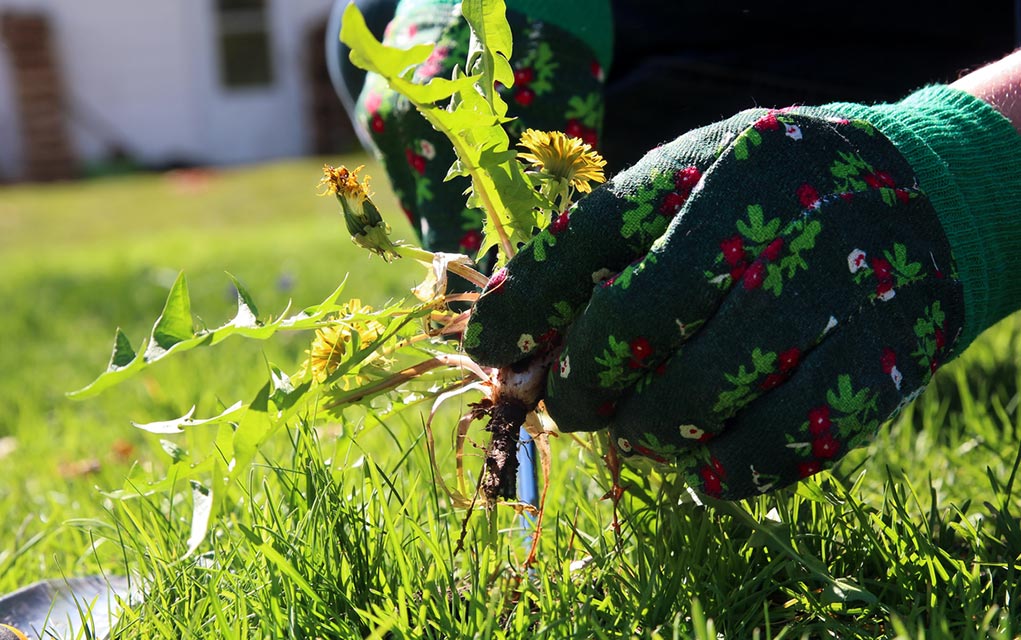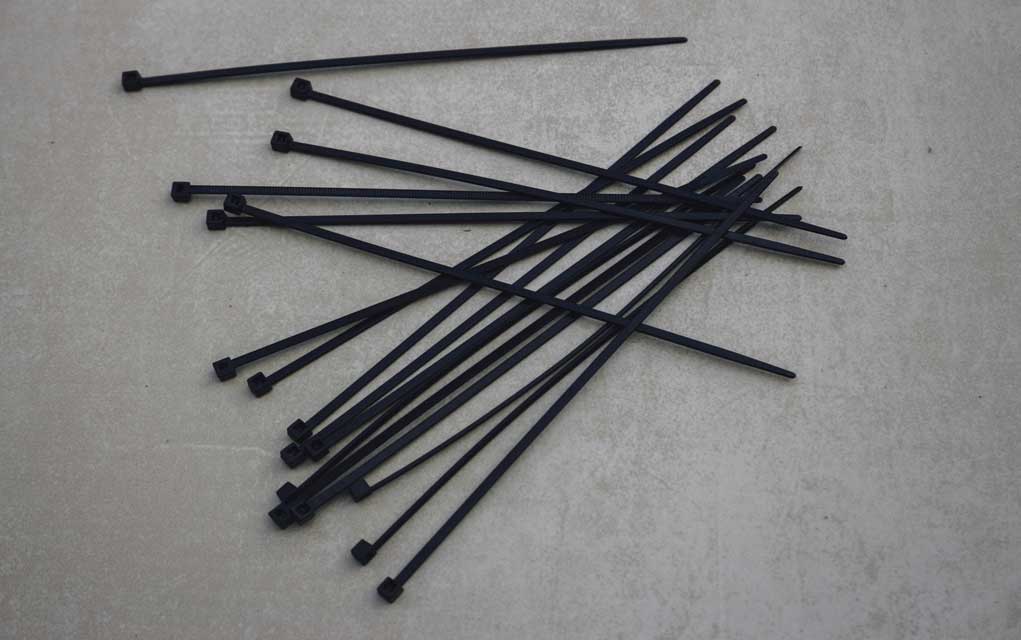Forget Yard Work, These WEEDS Are Edible!
(ModernSurvival.org) – Weeds are considered to be unwanted, undesired, ugly nuisances that diminish the sterile beauty of lawns. People spend countless hours and large sums of money pulling and killing weeds every year. But what if all that time, energy, and money are being used to remove a valuable resource?
As the following video by Natural Ways explains, some weeds are actually edible:
The above video identifies six weeds that are not only edible, but often incredibly nutritious.
-
- Chickweed – Originally from Europe, chickweed migrated to North America with immigrants who used it as herbal medicine. Both the leaves and flowers from the chickweed plant can be eaten raw or cooked. Chickweed is packed with vitamins A, C, D, and B-complex. Other beneficial nutrients include iron, calcium, zinc, magnesium, and potassium. Aside from being edible, chickweed has been used traditionally as an herbal remedy, rumored to be beneficial for skin conditions such as eczema, rashes, acne, and even warts.
- Dandelion – Arguably the most well-known plant to be considered a weed, every part of the dandelion is edible. The leaves make great additions to salads, or can be boiled similar to spinach. When dried, roasted, and ground, dandelion root is a replacement for coffee. Much like the leaves, dandelion flowers can liven up a salad. The flowers are also used to make wine.
Much like chickweed, dandelions are highly nutritious. Dandelions contain vitamins A, C, and K. According to healthline.com, dandelions are also full of antioxidants that help neutralize the effects of free radicals in the body. - Chicory – Recognized by its light blue flower, chicory makes the list of edible weeds and is actually commonly consumed in Europe. The leaves, buds, and roots of this plant are all edible, though famously bitter. Try boiling the leaves before sauteing them.
According to the video, chicory may be toxic to internal parasites and might be useful in a wide range of stomach issues, such as constipation. - Curly Dock – Widespread and hardy, curly dock is easily found just about everywhere. All parts of this plant are edible from the root to the stems, leaves, and seeds. The leaves are rich in beta carotene, zinc, and vitamin C, while the seeds are great sources of calcium and fiber. The stems, once peeled, can be consumed raw or cooked.
- Common Mallow – Sometimes called cheeseplant, cheeseweed, or buttonweed, common mallow is yet another common, edible weed. While the name may bring up thoughts of roasting marshmallows over a campfire, the plant itself tastes nothing like the popular sweet treat.
Common mallow leaves are mucilaginous, meaning they have an almost gelatinous texture when cooked. Every part of the plant is edible, both cooked and raw. Packed with Vitamins A, B, and C, as well as calcium, potassium, and magnesium. - Lambsquarters – Another plant that is entirely edible, lambsquarters tastes similar to spinach. Be cautious when eating the seeds, though. They contain saponin, which can irritate the bowels in large doses. Alongside a bevy of vitamins, lambsquarters contain high amounts of protein and fiber.
Knowing which local plants are edible can be a great way to forage for lunch, save a bit of money, and even grow an appreciation for those pesky weeds. In addition, that knowledge could keep a person fed in a survival situation when other sources of nourishment become hard to find.
It goes without saying that if a plant isn’t recognizable, one shouldn’t just chow down — even in a survival situation. Some plants are highly poisonous, and could make a bad situation fatal. To see how anyone can determine whether an unknown plant is dangerous, check out our article on testing plants for poison.
~Here’s to Your Survival!
Copyright 2022, ModernSurvival.org













